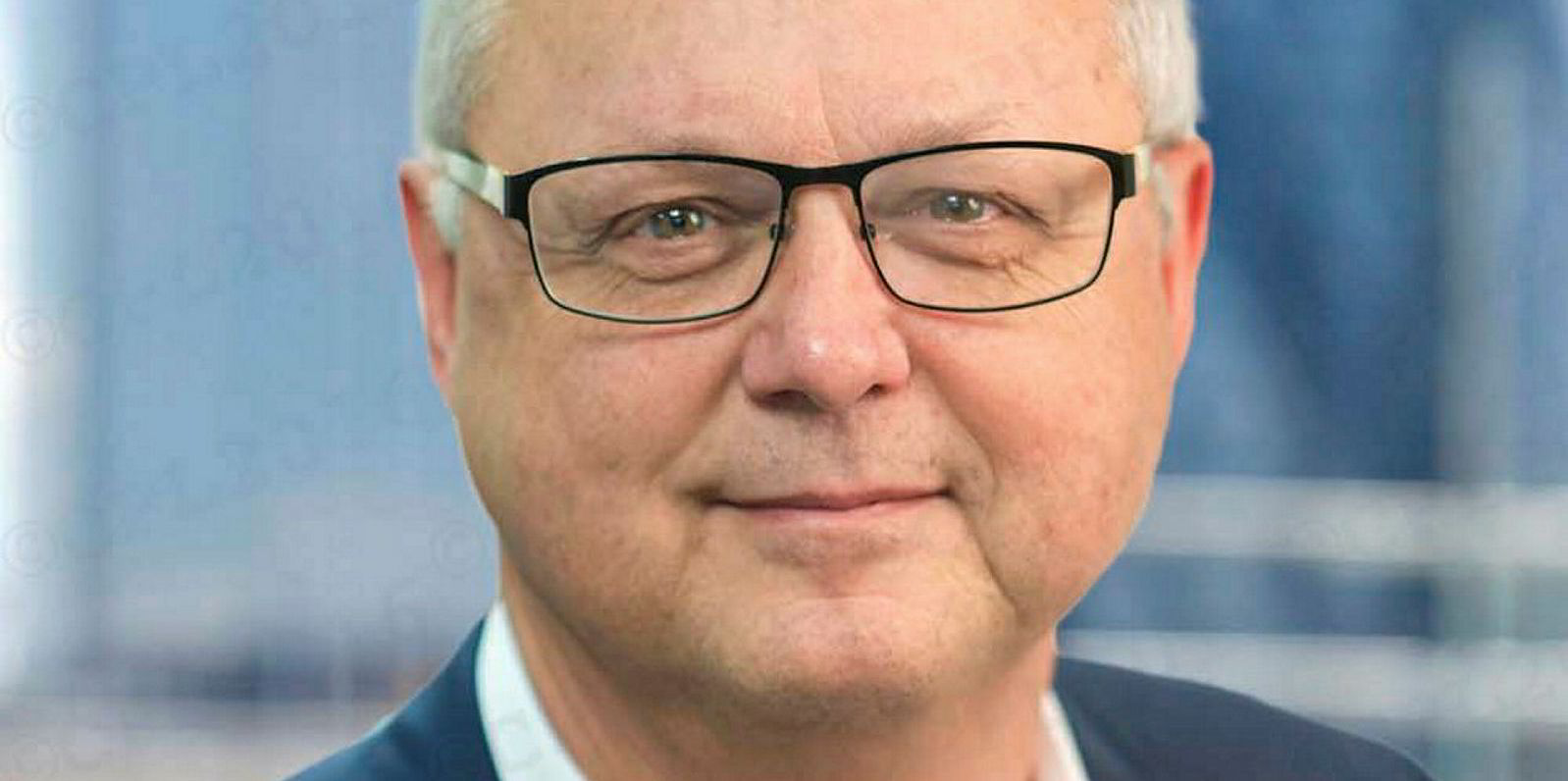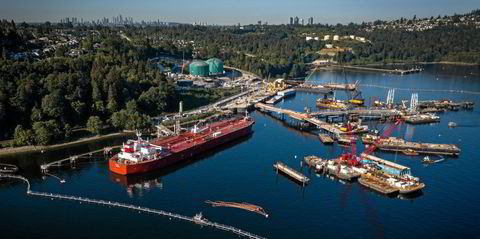ShipServ is celebrating its 20th anniversary this year with a total revamp of services that will take it several more steps down the road to “automated procurement”.
ShipServ chief executive Kim Skaarup tells TradeWinds: “E-commerce is not something from yesterday, it’s 20 years old now, but shipping is still struggling with it.
“Just recently they invented digitisation, and everybody is jumping on it, but it is what we have been doing for 20 years and trying to get the message through. It is very nice for us, but it is also a shame it took so long.”
Global reach
However, ShipServ has not done badly at getting the message across. It now has 200 shipowners, managers and affiliates, operating up to nearly 10,000 vessels, that buy parts and supplies through its platform. Its directory lists 72,000 suppliers with some 14,000 regularly exchanging data with buyers.
Skaarup says $3.5bn of trade was done via ShipServ last year, and it expects to see $3.8bn to $4bn of procurement go through its platform in 2019. That is equivalent to 105,000 purchasing transactions every month.
But he adds that by last year, when ShipServ revamped its technical structure with data centres in three places round the globe: “It was time to renew the platform.”
We are completely brand new on this [structure], and now we are rewriting all our solutions and enhancing them on the new platform which is going to be launched in June
Kim Skaarup
“We are completely brand new on this [structure], and now we are rewriting all our solutions and enhancing them on the new platform which is going to be launched in June.” Everything will be cloud-computer based whereas previously some supplier solutions were software installed on their systems.
Platform renewal
The renewal has come as a newcomer to the e-procurement sphere has emerged, set up by former ShipServ executive Freddy Ingemann. Moscord aims to offer an online marketplace which Ingemann describes as “the maritime Amazon”, while saying ShipServ has been shipping’s Google.
Skaarup responds by stressing that the two have different business models, and do not compete. He says Moscord is a supplier and even uses ShipServ’s platform, but of the metaphor he adds: “Moscord is like a shop, ShipServ is like a shopping mall.”
He says: “We don’t see Moscord as a competitor at all, it is one of many partners we have. They have a new and interesting concept, which is connecting manufacturers not normally represented in the industry to buyers, and we are helping them.

Digital tools
“The difference between us is that Moscord is one of the suppliers, but we are supplying the tools for both sides to work and analyse the data. It’s a completely different business. We are not delivering products.”
ShipServ’s new systems will accelerate the process of building an online shopping mall for shipping.
The platform will allow all 72,000 suppliers to upload their catalogues in a standard format, and 30 big buying partners will also be able to connect their procurement systems to the suppliers they trade with regularly.
Seven major logistics operators are also linked to it, providing the delivery end of the process.
We are connecting the whole industry, solving suppliers’ and buyers’ pain points and taking out costs
Kim Skaarup
“We are connecting the whole industry, solving suppliers’ and buyers’ pain points and taking out costs,” says Skaarup. “The end goal is automated procurement in the next five to 10 years.”
Portal pain
Many major buyers, like purchasing consortium OSM, have set up their own web interface procurement sites requiring suppliers to go to those portals to pick up requests for quotes, or purchase orders, and enter order confirmations and invoices.
“It’s become a huge pain for suppliers to have to go and maintain all these portals in different formats,” says Skaarup, but help is at hand.
“We are connecting suppliers to even those platforms with something called Buyer Connect. We have built an engine that through artificial intelligence and computer learning can go into these portals, fetch purchase orders, bring them into the supplier’s system and send the data back again — so they [suppliers] don’t have to do all this.”
Preferred suppliers
Automated procurement, he adds, means contracts can be set up for ships to order supplies and products directly from the catalogues of operators’ preferred suppliers.
“If you go one step further, you could imagine engines can communicate an order on their own. Why not?
“Digitalisation means engine makers are building in data points that tell you when you need a new filter and know what part it is.
"The system identifies where a ship is via AIS, and the order is placed, and part delivered. The analytics can even proactively suggest where you should buy lube oils in future. We can do it.”





